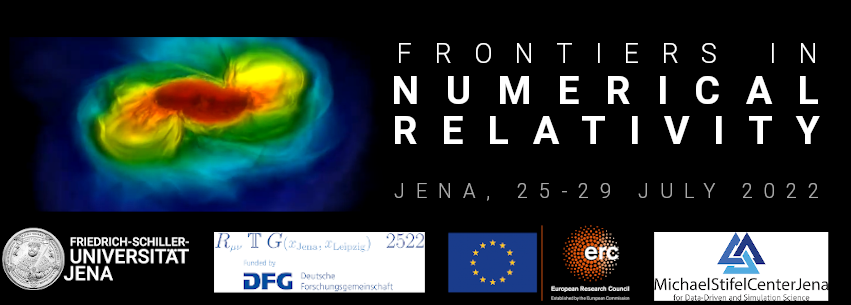Speaker
Description
Einstein-dilaton-Gauss-Bonnet is a theory of modified gravity in which a scalar field, called dilaton, is nonminimally coupled to the metric via an exponential function. Black holes (BHs) in this theory are particularly interesting since they possess a critical configuration with minimum mass and finite Hawking temperature. This means that a critical BH loses mass due to Hawking's radiation, but it is not clear what is its fate after this process, since it cannot reach a final configuration with lower mass. In a recent work we studied this problem by means of fully nonlinear numerical evolutions of spherically symetric BH spacetimes (Corelli, De Amicis, Ikeda, and Pani, to appear on arXiv in the next few days). Specifically, by simulating the collapse of wave packets of a phantom scalar field we have been able to dynamically reduce the BH mass, reproducing the effect of the Hawking's evaporation process. In this talk I will present our results focusing on the case in which the BH mass falls below the critical value. In particular I will show that in the formalism we used an elliptic region with high curvature appears outside the apparent horizon, and I will discuss how this could possibly hint to a violation of the weak cosmic censorship conjecture.

